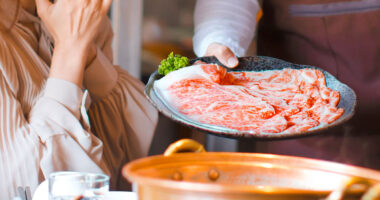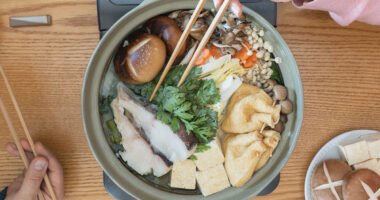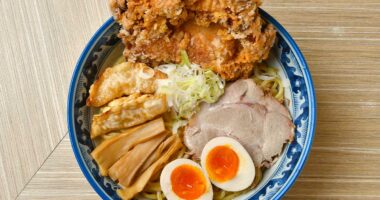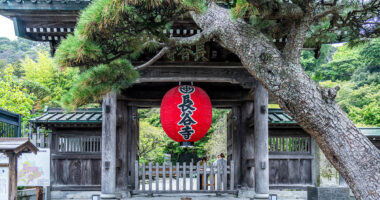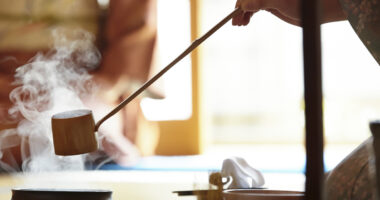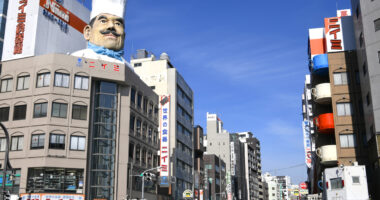
Is Tap Water Safe to Drink in Japan? Everything Tourists Should Know
When traveling to a new country, one of the first questions many people ask is whether it’s safe to drink tap water. In some places, bottled water is the only safe option. In Japan, the answer is unequivocally yes. Japan’s public water system is considered among the cleanest and most reliable in the world, offering a safe, accessible, and cost-free…




